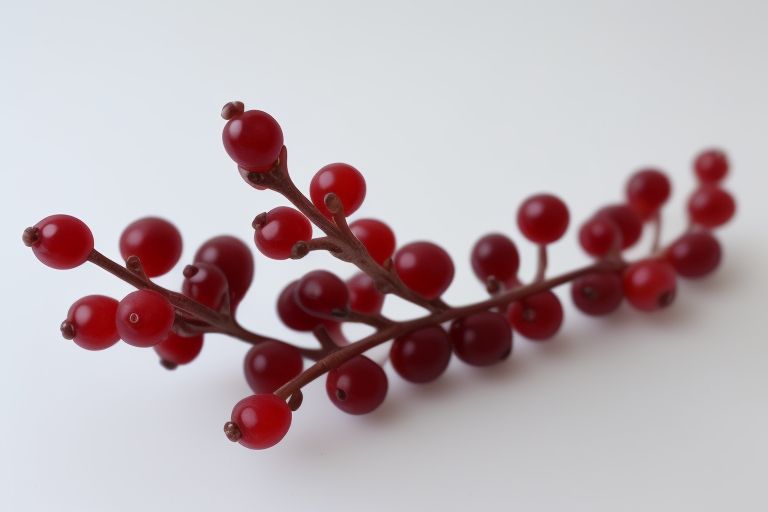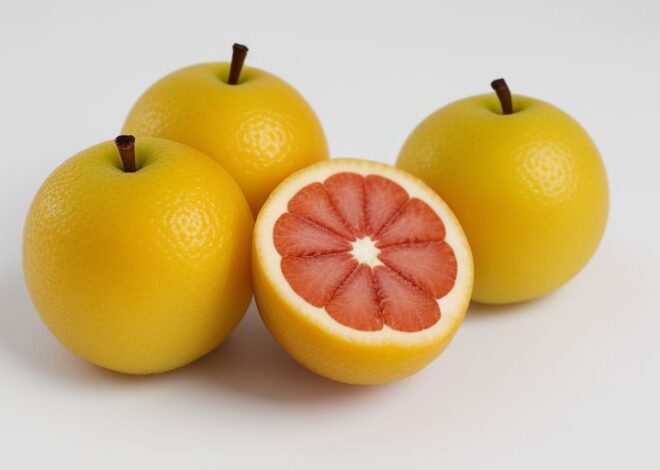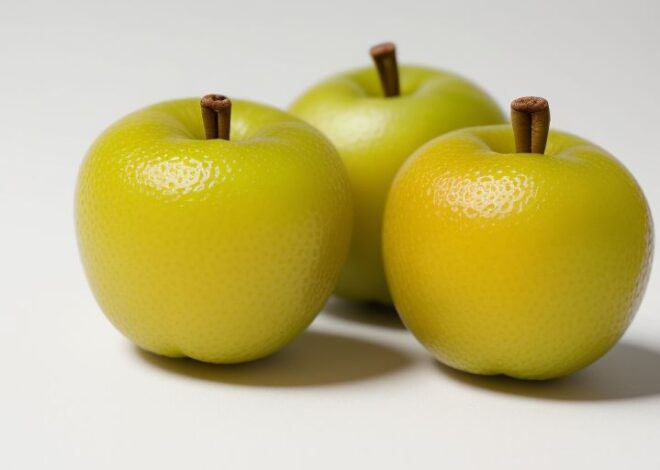
Magellan Barberry
Introduction
Berberis microphylla, commonly known as Magellan Barberry, is a species of flowering plant in the barberry family (Berberidaceae). Native to South America, this shrub has been widely cultivated for its ornamental value, medicinal properties, and edible fruit. With its vibrant yellow flowers and blue-purple berries, Magellan Barberry has become a popular choice for gardens and landscapes.
Etymology
The genus name Berberis is derived from the Arabic word “barbar,” meaning “barberry.” The species name microphylla comes from the Greek words “mikros” (small) and “phyllon” (leaf), referring to the plant’s small leaves.
Description
Magellan Barberry is an evergreen shrub that grows up to 3 meters (10 feet) tall. Its stems are thorny, with a grayish-brown bark. The leaves are small, oval-shaped, and have a leathery texture. They are dark green on top and pale yellow on the underside, with a length of 1-3 cm (0.4-1.2 in). The flowers are yellow, bell-shaped, and borne in clusters. The fruit is a blue-purple berry, edible and juicy, with a length of 1-2 cm (0.4-0.8 in).
Taxonomy and Cultivars
Magellan Barberry is classified under the family Berberidaceae, order Ranunculales. There are several cultivars, including:
| Cultivar | Description |
|---|---|
| ‘Nana’ | Compact, dwarf form |
| ‘Aurea’ | Golden-yellow leaves |
| ‘Atropurpurea’ | Deep purple leaves |
| ‘Red Column’ | Upright, columnar shape |
Distribution and Habitat
Magellan Barberry is native to the temperate regions of South America, including Chile, Argentina, and the Falkland Islands. It grows in rocky, coastal areas and mountainous regions, up to 1,500 meters (4,900 feet) above sea level.
Cultivation
Magellan Barberry prefers well-drained soil and full sun to partial shade. It is relatively low-maintenance and can tolerate drought, but regular watering promotes healthy growth. Pruning is necessary to maintain shape and encourage new growth.
Production and Uses
The fruit is edible and used in jams, preserves, and desserts. The plant has medicinal properties, including antiseptic and anti-inflammatory effects. It is also used as an ornamental plant in gardens and landscapes.
Phytochemistry
Magellan Barberry contains various bioactive compounds, including:
| Compound | Properties |
|---|---|
| Berberine | Antimicrobial, anti-inflammatory |
| Berbamine | Antiseptic, antifungal |
| Isoquinoline | Antioxidant, anti-cancer |
Flavor
The fruit has a sweet and slightly tart taste, similar to a combination of blueberries and cranberries.
Toxicity
The plant contains toxic compounds, including berberine and berbamine, which can cause stomach upset, diarrhea, and vomiting if ingested in large quantities.
Nutrition
The fruit is rich in vitamins C and K, potassium, and antioxidants.
Culture
In Chilean folklore, Magellan Barberry is believed to have been used by the indigenous Mapuche people for medicinal purposes. The plant is also associated with the explorer Ferdinand Magellan, who arrived in Chile in 1520.
Table: Nutritional Value of Magellan Barberry Fruit
| Nutrient | Value (per 100g) |
|---|---|
| Energy | 64 kcal |
| Carbohydrates | 15.6 g |
| Fiber | 2.3 g |
| Protein | 0.6 g |
| Vitamin C | 10.2 mg |
| Vitamin K | 15.4 μg |
| Potassium | 114 mg |
Quote
“The Magellan Barberry is a plant of great beauty and utility, its fruit a sweet and nutritious treat, its leaves and stems a treasure trove of medicinal properties.” – Dr. Maria Rodriguez, Chilean botanist
In conclusion, Magellan Barberry is a remarkable plant with a rich history, diverse uses, and cultural significance. Its unique characteristics and benefits make it a valuable addition to any garden or landscape.


